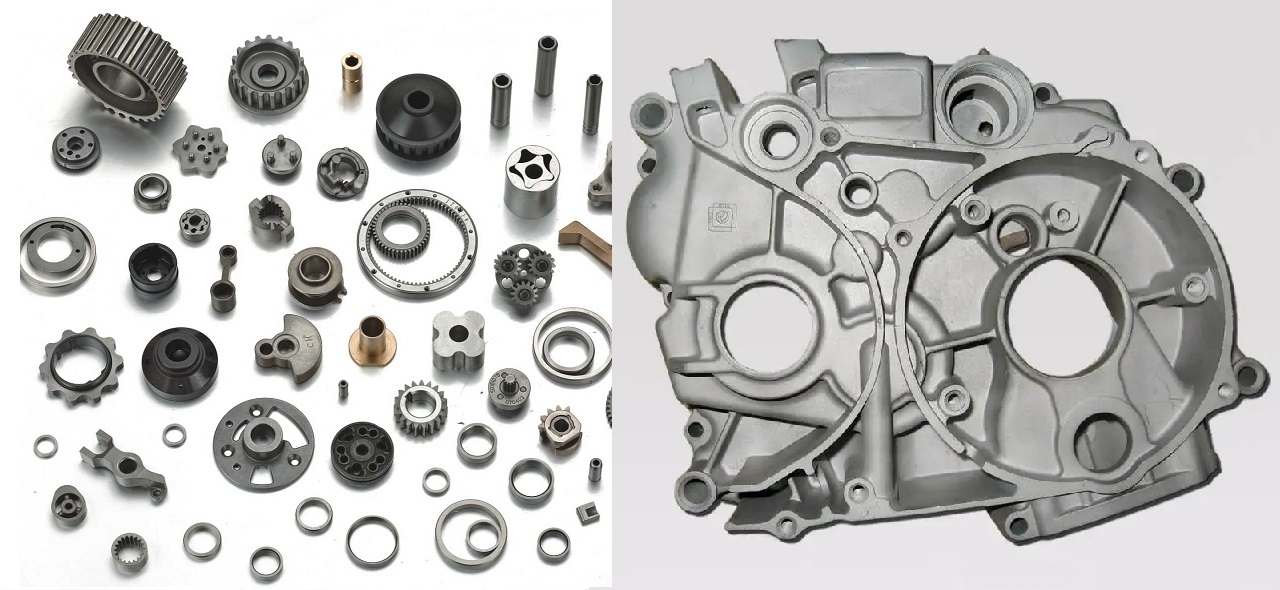The choice between powder metallurgy and die casting is often a question of part size or material requirements rather than economics. Commonly used die casting materials are aluminum alloys, magnesium alloys and zinc alloys, and copper alloy die castings are also used to a limited extent. Due to the high melting point of ferroalloy and stainless steel, powder metallurgy process should be used.
Compared with traditional powder metallurgy parts, metal injection molding parts, the dimensions of die casting parts can be the same or much larger. When the main material is required, it is more appropriate to use powder metallurgy process. For example, 1: very high strength, the tensile strength of some iron-based sintered alloys is more than three times higher than that of die-casting alloys. 2: High wear resistance and high friction reduction performance, which can be solved by iron-based and copper-based sintered alloys impregnated with lubricating oil. 3: High operating temperature, which can be solved by iron-based and copper-based sintered alloys. 4: Corrosion resistance, copper-based sintered alloy and sintered stainless steel can meet the requirements
Between powder metallurgy and die casting, zinc die castings may be a substitute for iron-based powder metallurgy products when the operating temperature is not higher than 65 °C and medium strength is required. The two processes are similar in terms of dimensional accuracy and the need for machining. But in terms of tooling and machining costs, powder metallurgy is usually more beneficial.
Post time: Sep-26-2022

